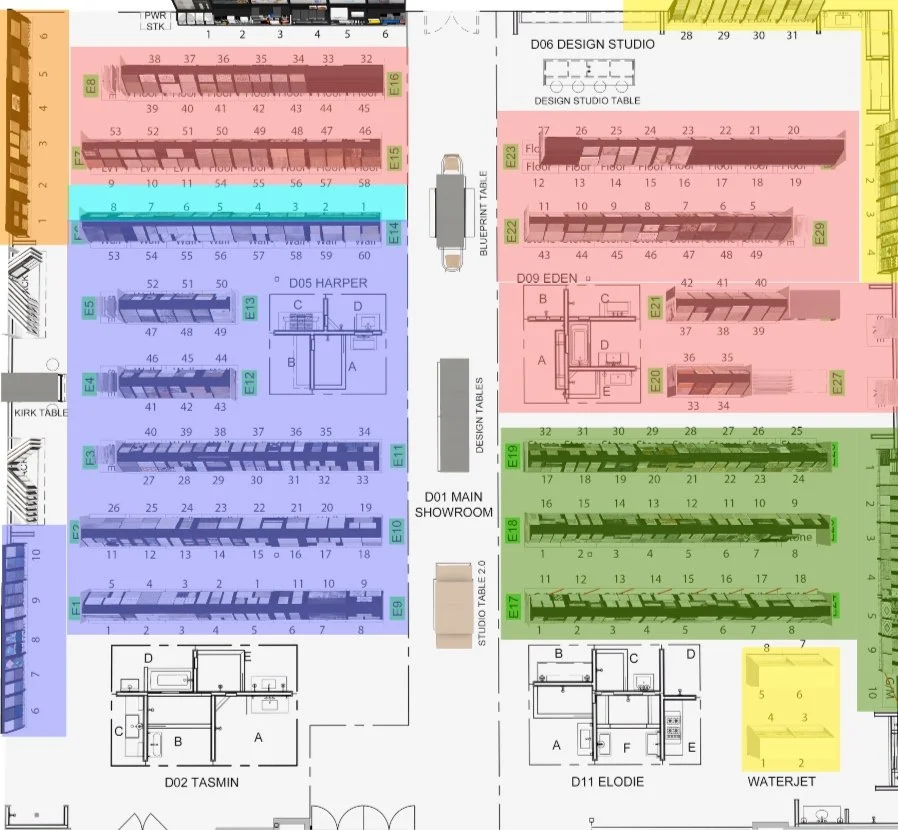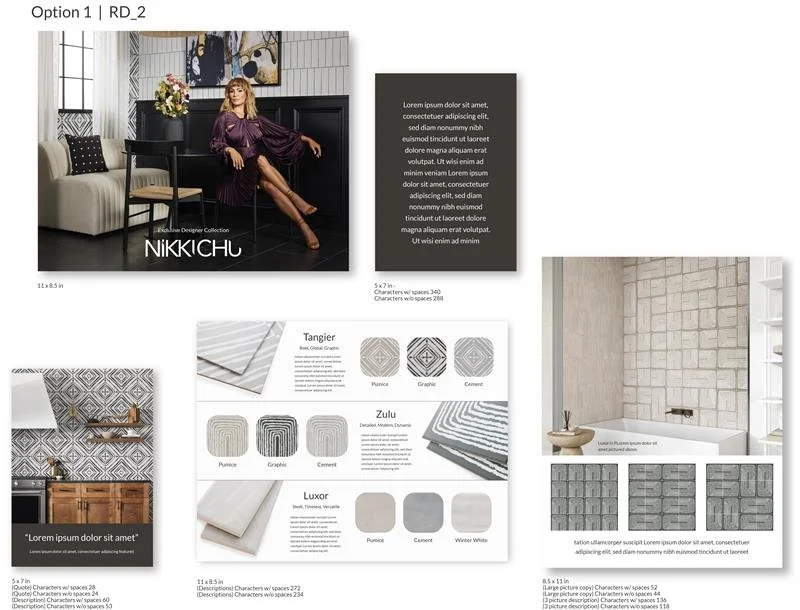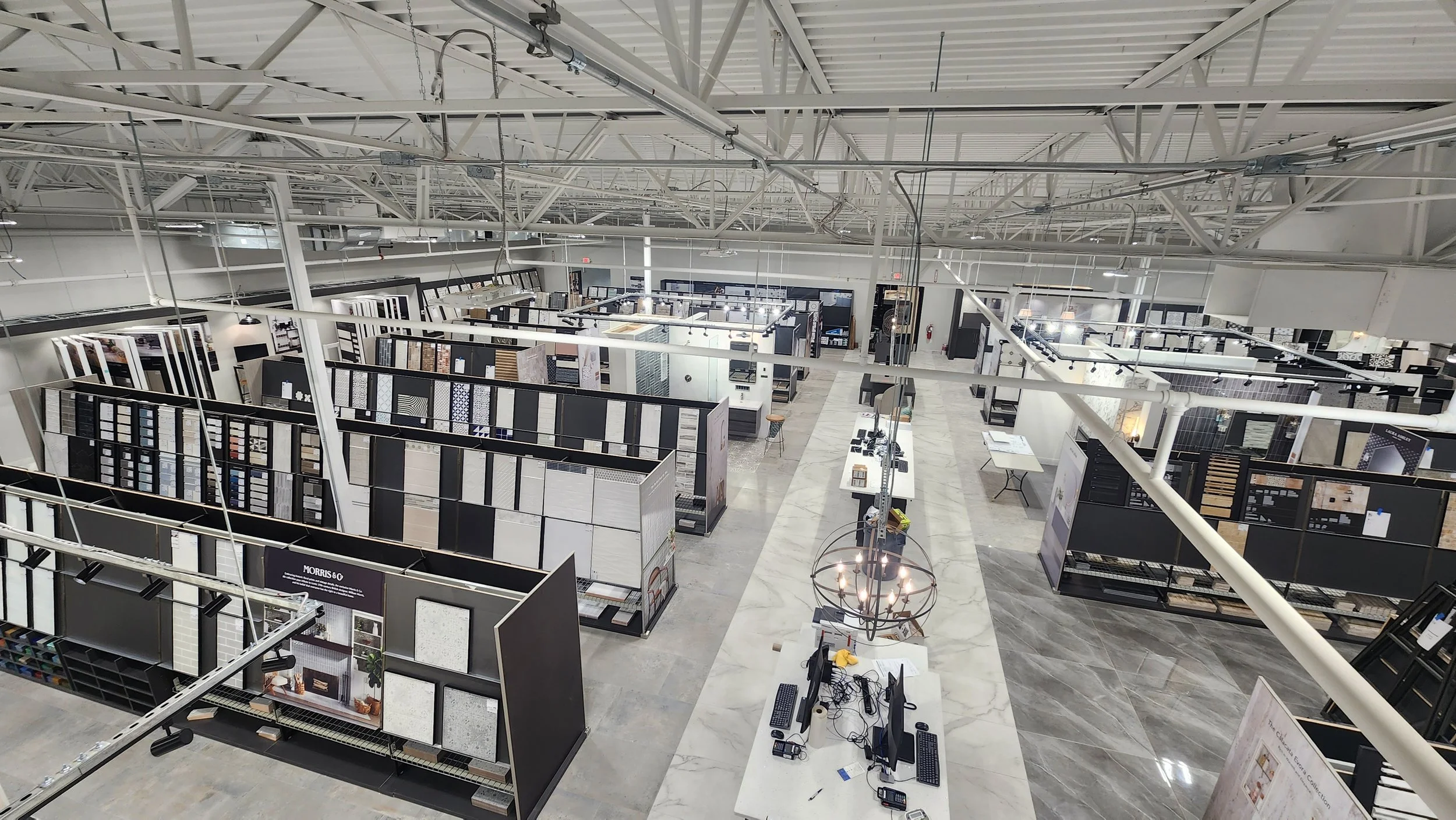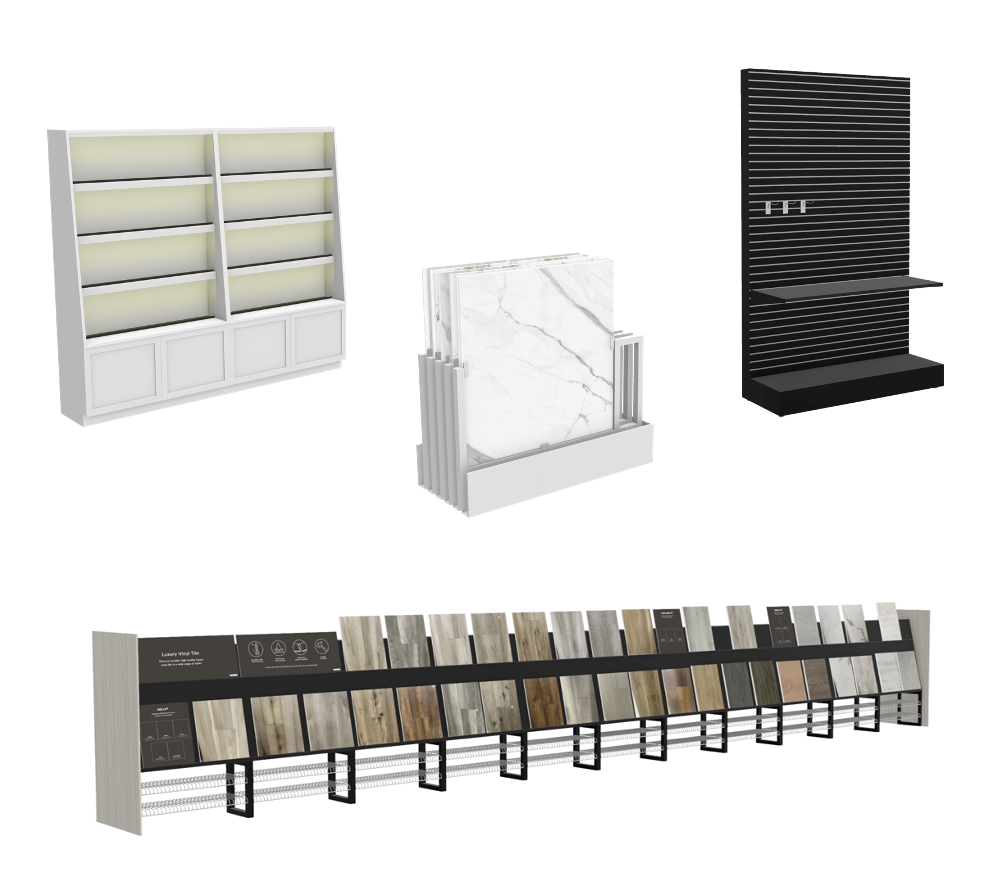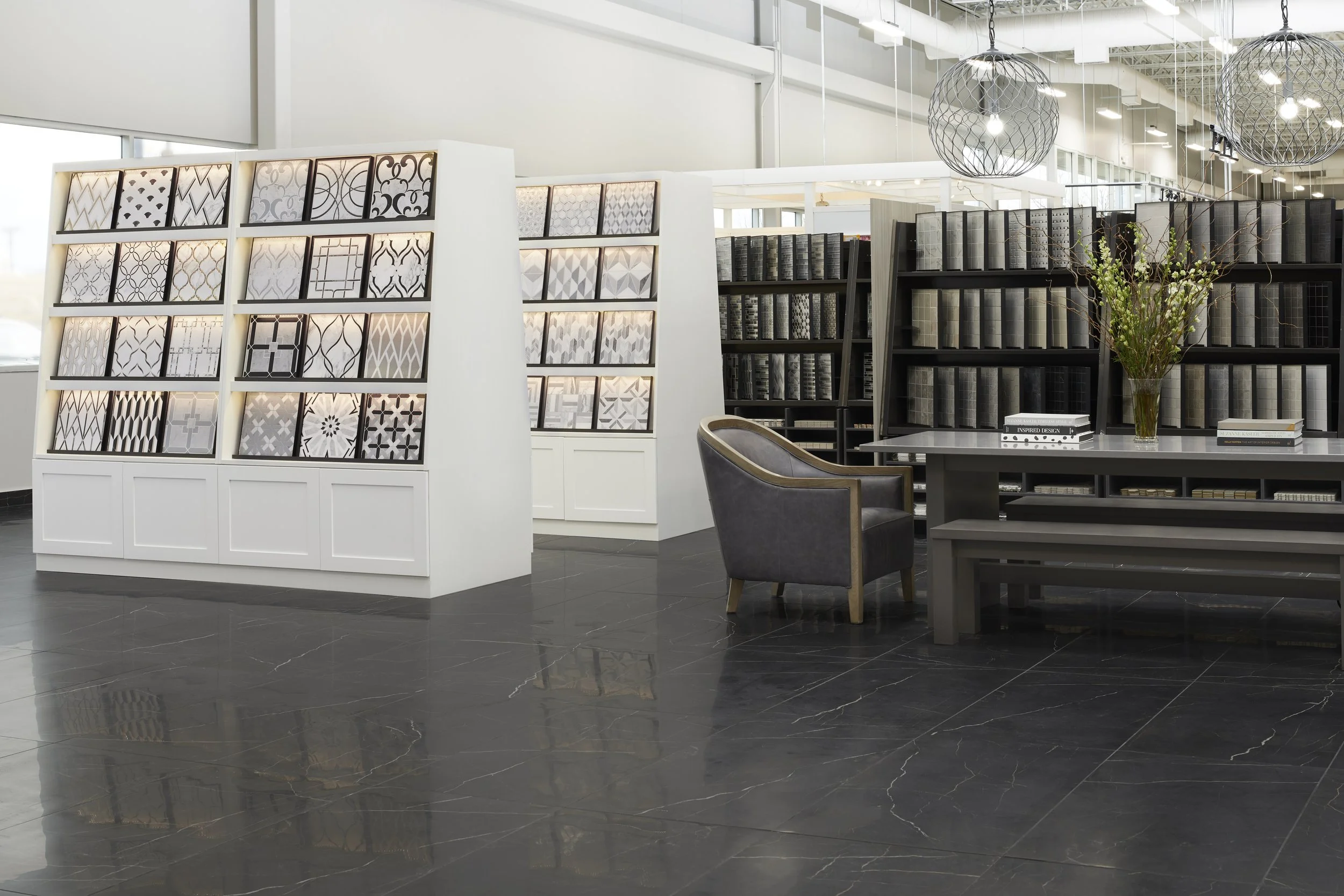Beyond Visual Merchandising:
Restructuring To Store Experience for Impact
The Challenge:
The Visual Merchandising team was often confused with the Merchant team, causing misalignment on responsibilities and priorities.
The team’s role extended far beyond traditional visual merchandising but lacked a clear framework to define its scope.
There was a need to reposition the team strategically within the company to increase its influence on store experience and performance.
The Solution:
I initiated and led the restructuring of the department from Visual Merchandising to Store Experience, reflecting its broader function and value.
Developed the Six Pillars of Store Experience, creating sub-departments that aligned with business objectives and in-store execution.
Designed the framework to be scalable, ensuring it could evolve and accommodate department growth seamlessly as the company expanded.
The Six Pillars of Store Experience:
The Execution:
✅ Successfully rebranded the department and secured leadership buy-in for the Store Experience structure.
✅ Created a clear, scalable framework that allows the team to focus on specific areas of expertise while working towards a unified goal.
✅ Redefined team responsibilities and improved cross-functional collaboration with Merchandising, Marketing, E-commerce, and Operations.
-
•Research emerging trends and customer insights to refine and evolve the store experience, ensuring it aligns with the brand’s vision.
•Develop long-term strategic plans to enhance the brand experience through innovative and immersive in-store environments. Informing Pillar Leads of Strategy and vision and looping in cross functional partners for all projects.
•Collaborate with cross-functional teams (i.e., marketing, product development, purchasing, etc.) to ensure the store experience aligns with broader brand goals.
•Conduct competitive analysis and market research to understand customer preferences, behaviors, and expectations.
•Test and pilot new store experiences, collecting feedback and data to evaluate their impact before full-scale implementation.
•Regularly review customer feedback and store performance data to make data-driven decisions about store experience strategies.
•Ensure the store experience resonates across all touchpoints, creating a cohesive and memorable customer journey.
•Foster collaboration between design, operations, and other departments to ensure strategic alignment and consistency.
•Stay ahead of technological advancements and explore innovative tools that can enhance the in-store brand experience.
-
• Design and implement planograms (POGs) to optimize product placement, ensuring maximum visual impact and sales performance.
• Develop store layouts and space plans that balance aesthetics, functionality, and customer flow to enhance the shopping experience.
• Analyze and adjust store layouts based on customer traffic patterns and sales data to ensure high-impact displays and accessibility.
• Collaborate with merchandising teams to ensure product assortments align with space allocation strategies.
• Maintain and update space plans regularly to accommodate seasonal changes, new product launches, and promotional activities.
• Ensure efficient use of store space, minimizing clutter while maximizing product visibility and easy navigation for customers.
• Create flexible store layouts that can adapt to different store sizes and types, ensuring a consistent brand experience across all locations.
• Monitor and track store performance based on layout effectiveness, making recommendations for adjustments when necessary.
• Work closely with the rest of the Store Experience team to ensure alignment between space planning and overall store design objectives.
-
•Create and maintain visual guidelines to ensure consistent branding across all stores.
•Develop compelling in-store signage, graphics, and marketing collateral.
•Support product launches and promotions through cohesive visual storytelling.
•Maintain and regularly update a database of current store graphics for quick access and efficient use.
• Conduct regular graphic/signage audits to ensure visuals are up-to-date and aligned with brand standards.
• Coordinate with marketing and E-commerce teams to align messaging and visuals across channels.
-
• Oversee the execution of remodels and new store openings to meet brand standards for the Store Experience Team.
• Coordinate cross-functional teams for seamless project delivery.
• Focus on enhancing customer experience through innovative and functional design.
• Conduct site visits during construction and post-opening to ensure quality control and resolve any issues that may arise.
• Provide support for team training and the integration of new store staff into the brand experience vision.
• Gather customer and employee feedback after new store openings and remodels to evaluate effectiveness and identify areas for improvement.
• Foster collaboration across departments, ensuring that the store’s design supports marketing, merchandising, and operational goals.
• Order all fixtures, displays, graphics, and other supplies and material for new stores and remodels.
-
• Manage the lifecycle of fixtures and displays, ensuring alignment with current store needs and visual merchandising strategies.
• Oversee the sourcing, purchasing, and maintenance of display fixtures and assets, ensuring they are functional and cost-effective.
• Keep a detailed inventory of fixtures, displays, and other in-store assets, ensuring items are properly stored, tracked, and reused when possible.
• Coordinate with external vendors and contractors for custom fixture solutions and large-scale display projects.
• Regularly assess the condition of fixtures and displays, and make recommendations for upgrades, repairs, or replacements.
• Develop and maintain a catalog of approved display solutions to streamline execution across locations.
• Create a system for distributing, installing, and rotating displays efficiently across stores.
• Maintain and regularly update the Store Front portal in collaboration with a third-party vendor, ensuring that fixtures, graphics, and other Store Experience assets are up-to-date and available for stores to order.
• Ensure all displays meet safety standards and comply with local regulations.
-
• Own and manage store experience compliance software, including launching tasks/projects, providing feedback, and approving store submittals to ensure all stores stay aligned with standards.
• Fulfill Store Experience Help Desk/Service Desk tickets promptly, addressing store inquiries, troubleshooting issues, and resolving operational challenges.
• Ensure all stores adhere to company standards, policies, and operational guidelines to maintain a consistent brand experience.
• Provide ongoing support and guidance to store teams, helping them implement and uphold visual merchandising standards.
• Conduct store audits to assess compliance with visual, safety, and operational standards, providing feedback and follow-up support as needed.
• Assist stores in troubleshooting and resolving in-store issues related to displays, fixtures, or brand presentation.
• Ensure all store materials comply with local laws and industry regulations (e.g., ADA, health and safety standards).
• Offer training and resources for store teams on new policies, product launches, and visual merchandising techniques.
• Coordinate and manage with other sub-departments and cross-functionally to ensure materials and collateral are available on the store portal site for store teams to order.
The Impact:
🔥 Eliminated confusion between Store Experience and Merchandising, allowing both teams to operate more effectively.
🔥 Established Store Experience as a strategic function, influencing store layouts, presentation, brand image, and customer engagement.
🔥 Created a stronger, more structured team with clearly defined roles, leading to better execution and efficiency.
🔥 Positioned the Store Experience team as a critical driver in retail innovation and customer experience.
🔥 Designed a scalable structure to seamlessly integrate new team members and grow with the company’s expansion.
Conclusion:
From Confusion to Clarity: Building a Scalable Store Experience Department
By rebranding the department and establishing the Six Pillars of Store Experience, I transformed a traditionally misunderstood function into a strategic powerhouse within the company.
This new structure clarified roles, improved efficiency, and positioned the team as a key player in shaping the future of in-store experience. Most importantly, the scalable framework ensures seamless growth, allowing Store Experience to expand alongside the company—continuing to drive innovation, customer engagement, and retail success.



